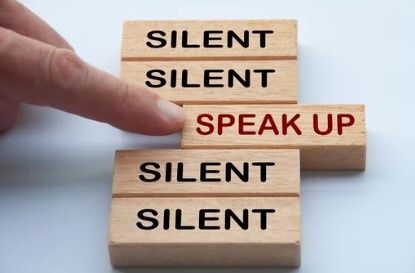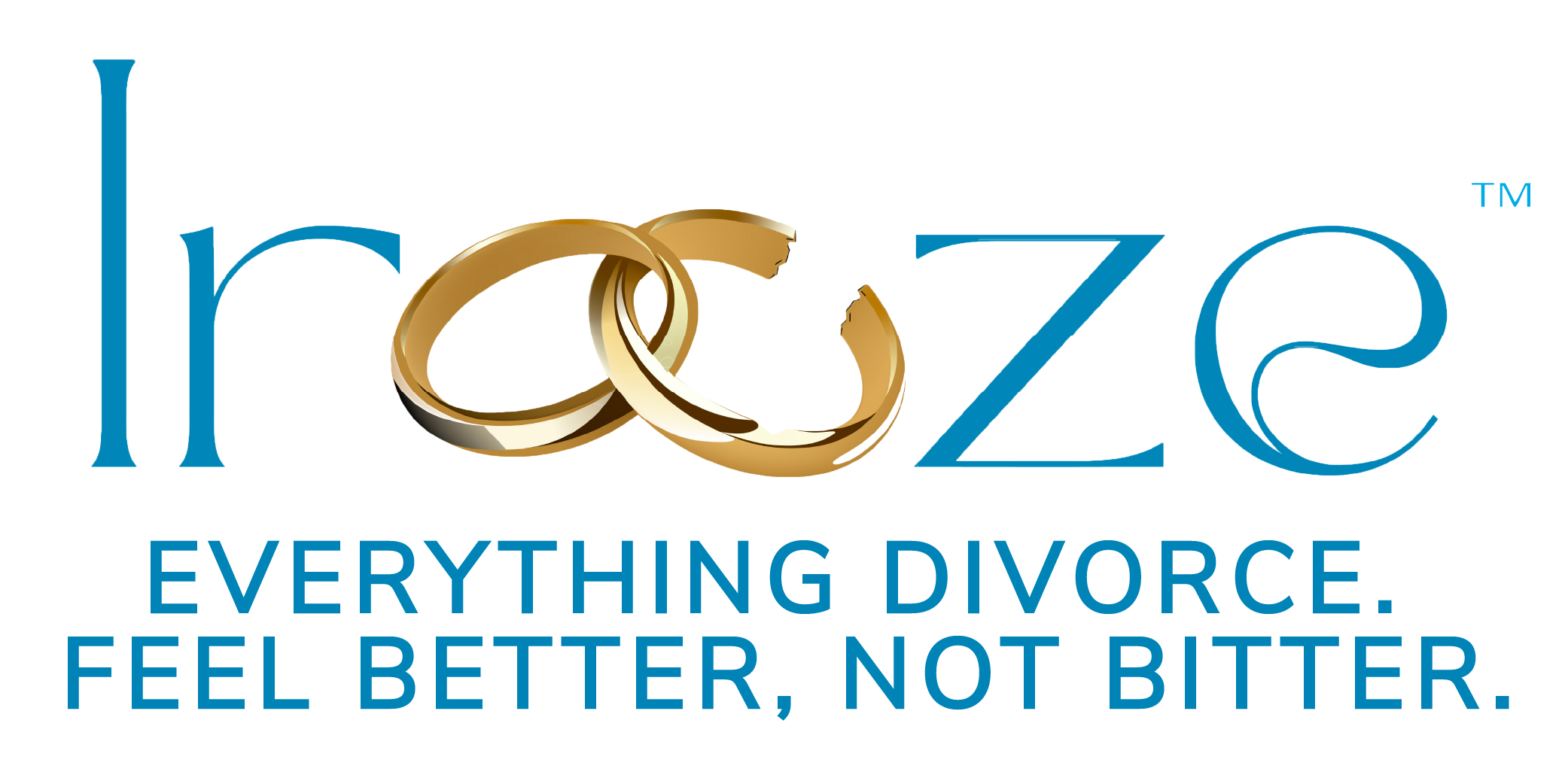
Emotional Resilience Strategies for High-Conflict Divorce
As a rule, to divorce someone is one of the most arduous tasks a person has to walk through – even more so, when that person is often involved in bitter conflicts with their spouse, often due to high conflict people. Such memories as fear, anxiety, and stress create a sense of tormenting presence. While this type of divorce can be exhausting, learning how to deal with and even use your fears in a productive way can enhance the outcome and your state of mind. This article specifically discusses tactics and mental practices that can enable you to manage adverse emotions, become calmer, and make confident choices in the heat of conflict.
This article explores inner empowerment and emotional resilience strategies for individuals navigating a high-conflict divorce, offering tools for self-regulation, mindset shifts, and decision-making during emotionally turbulent times. Working with a certified divorce coach can accelerate your ability to apply these strategies in real time, providing tailored support and structured tools that help you remain composed and focused during critical moments.
What Is a High-Conflict Divorce?
High-conflict divorces involve intense stress and frequent disputes, often driven by individuals who are controlling and lack empathy. These divorces can stem from various issues, including differing values, sexual incompatibility, financial problems, addiction, and mental illness. The term high conflict divorce is not just about frequent arguments; it involves a level of animosity that can be deeply damaging to everyone involved, especially children. Unlike typical divorces that might resolve within six months, high conflict divorces can drag on for a year or more, prolonging the emotional turmoil and stress.
Understanding the nature of high conflict divorces can help you prepare mentally and emotionally for the challenges ahead. For a deeper understanding of navigating conflict, see our related post on effective co-parenting strategies during high-conflict divorces.
How to Recognize a High Conflict Personality
High conflict personalities are often at the heart of high conflict divorces. These individuals have a compelling need to be right and in control, often manipulating and blaming others while lacking empathy and self-awareness. They tend to escalate minor disagreements into major conflicts, exhibiting extreme behaviors such as emotional reactivity and explosiveness. Recognizing these traits in yourself or your spouse is crucial. High conflict personalities often display a lack of accountability and a perfectionistic attitude, making it difficult to resolve disputes amicably. By identifying these characteristics, you can better understand the dynamics at play and develop strategies to manage interactions more effectively.
Understanding the Many Faces of Fear – Psychology
Fear is experienced in different ways by different people, especially when a couple has a lot of rage during the course of a divorce. This constant emotional turmoil can exacerbate feelings of fear and anxiety, making it difficult to think clearly. There is fear of what is going to happen, or what will happen to the children, or what the other party will do. These emotions can be extremely incapacitating, and often can spiral into a series of ‘what ifs’ and doomsday scenarios. Many start to over-analyze, over-think, scour through every possible detail, try to relate to other people’s situations, and think of every possible situation or event that could possibly happen.
However, it is important to remember that no case, no individual and no circumstances are the same. It is a fact that every situation will always be different as it is made so by the family, the members of the family dynamics, the courtroom, and even the judges which in turn makes the predicting of results impossible in most cases. The second part is acknowledging that your fear is just an inherent urge and nothing else.
How Fear Impacts Our Decision-Making Abilities and Negative Mental Health Outcomes

The Role of Fear in Our Decision-Making Process
To begin with, our primitive brain which is inbuilt to be sensitive to threats does not make a distinction between physical threats and emotional stress. It is in the same light that situations such as a courtroom setting or a tough discussion with an evaluator are able to evoke such a strong sense of panic as if it were an end of the world scenario. This can lead to unnecessary emotional pain, as decisions made in haste often result in regret and further conflict. In addition working with a certified divorce coach can help people reframe fear responses and avoid emotionally reactive decisions by offering grounded support.
As a result of this response, the “threat and danger” duo within the body is activated, resulting in heightened anxiety with associated physiological signs such as an increased heart rate, sweating, or an upset stomach. If the fight-or-flight response is activated, it is easy to lose sense of rationality and instead of thinking it through, a person acts on impulse. In situations such as dealing with a high-conflict divorce, even fear-induced decision-making could at times appear to be prudent.
The problem is that such decisions could potentially throw one off-course strategy-wise for long periods. It is better to not continuously recoil in rage towards every taunt and ever provocation and instead remind oneself that James Campbell did in one of his books; “Is this something I do out of fear or is it something I genuinely appreciate and value?” Such an approach can help one take better control of the situation and avoid being overly desperate, ashamed, or frightened when making decisions.
Here are some of the most effective expert-recommended strategies for overcoming fear and emotional overwhelm during a high-conflict divorce.
How to Manage Fear and Anxiety During a High-Conflict Divorce
Managing fear successfully involves certain strategies and focus so that one is able to remain composed at all times. Here are a few specific techniques that Experts in the field of fear management advocate during desperate and dangerous circumstances.
Failure to manage fear and anxiety can lead to negative mental health outcomes, including depression and anxiety disorders.
1. Focus on Diaphragm While Breathing
Diaphragmatic or deep belly breathing is a very effective tool in reducing any stress response of the body. It is initiated through slow nose breaths which are held for some moments before a mouth exhale tells the body to cease any tension. This practice is a foundational mindfulness technique that promotes inner calm and reinforces a consistent self-care routine essential during divorce. What this practice does is to assist you in bringing your attention back and calming the buzz of excess thoughts in your head. Deep breathing exercises should particularly be done three to five times a week when an individual emotionally anticipates tension.
2. Partake in Physical Activity
Moving the body is yet another strong approach in overcoming fear and anxiety. Endorphins are released as one exercises which enhance moods and reduce levels of stress. Other activities like going for a hike or a walk or even stretching can help calm and reorient one’s head. For people who do not find the motivation to work out, even having a nap is a good idea. Sleep works as a sort of “reset button” that allows one to handle stress much better after they wake up.
3. Do Not Over Research and Compare
Another challenge that many people face during high conflict divorces is the tendency to over research on cases and compare them with their own. While it is perfectly healthy to wish to know the potential scenarios, it tends to cause anxiety and makes one’s head space cluttered. Focus on what is realistic instead, which is your actions, responses, and self-care routines. Rather than fear based ‘what ifs’, think of the steps that need to be taken.
4. Overlook Those Thoughts Driven by Fear
A person may experience anxious thoughts which can overpower them, but the principal idea is: those thoughts aren’t the absolute truth, and everyone experiences them differently. When faced with fear-based thoughts, try asking yourself whether that thought is beneficial, or just adds to your anxiety. Such strategies can be successfully applied: thinking, how uncontrolled fear must be recognized and questioned, in order to be freed from its inappropriate multifaceted restraints. Writing your fears down and evaluating the reasons both for and against them are examples of phobia control measures.
Making Decisions With a Healthy Self-Esteem Rather Than a Healthy Dose of FEAR
In every conflicted divorce case, making decisions from self-esteem instead of a fear-based place, has to be emphasized. One can be restrained by fear and fear action. Instead, begin with some deep internal reflection:
Research suggests this common inner dialogue :
– For fear of criticism, what do I settle for?
– Considering the options that are available without allowing any anxiety, what would I do?
– How do I walk into a particular situation with fear in view, but not allowing it to dominate who I am? The answer can be visualized simply by thinking of fear as a passenger seated in the back of a vehicle that you’re driving. You are in control and direct the movement of the vehicle because fear doesn’t, even though you acknowledge its presence.
– How do I make sure my children will be OK? How do I empower my kids?
Developing emotional intelligence during divorce empowers you to respond intentionally instead of reacting impulsively, which helps preserve your long-term peace and legal outcomes.
The answers to these questions can be discovered in more detail through Divorce Coaches such as Hope Lutz Firsel, Women’s Life Coach, Certified Divorce Specialist or Talya Pardo, Anger Management Coach.
Effective Communication Strategies For High Conflict Situations

Effective communication is vital in high conflict situations. Staying calm and composed, even when faced with aggressive or confrontational behavior, is essential. Using “I” statements instead of “you” statements can help avoid blame and defensiveness, making it easier to discuss issues constructively. “I” statements center your experience without assigning fault, helping to diffuse emotional tension and reduce the likelihood of the other person becoming defensive or combative.
Active listening is another critical component, as it shows you are making an effort to understand the other party’s perspective. This might sound like, “What I hear you saying is that you’re upset about the change in the schedule…did I get that right?” Such responses validate emotions without agreeing or escalating conflict. It’s important to avoid taking things personally and focus on the issue at hand. Practicing a moment of pause, such as counting to five before responding, can help you regulate your emotional response and prevent saying something reactive or regrettable.
My Mentor Coach suggested placing my index finger over my lips as a reminder to give the client time to reflect. Setting clear boundaries and being firm yet respectful in your communication can help manage high conflict interactions more effectively, reducing the likelihood of escalation. Boundaries might include limiting conversations to specific topics, avoiding late-night communication, or redirecting interactions to written formats when verbal exchanges become too heated.
These communication principles become even more crucial when children are involved, especially in co-parenting scenarios where interactions may be frequent and emotionally charged.
Co-Parenting in a High Conflict Environment
Co-parenting in a high conflict environment is challenging but essential for the well-being of the children involved. Prioritizing the child’s needs and putting aside personal differences is crucial. Establishing a detailed co-parenting plan can help reduce conflict by providing a clear understanding of each parent’s responsibilities. Effective and respectful communication, even if it’s just about the child’s schedule or needs, is vital. It’s important to avoid involving the child in conflicts or using them as a messenger. Instead, focus on creating a stable and loving environment for the child, ensuring their emotional and psychological needs are met despite the ongoing conflict.
Trusting Your Inner Voice
It’s easy to hear your inner voice in normal conflicts. But the same cannot be said of the voice within your head during high-conflict divorces. Fear diminishes decision making through the identification of potential threats. This is where learning how to become intuitive is crucial. Ain’t it a thrill to tune in to this third voice? It is important to learn how to listen to your inner voice. The decisions you make now can significantly impact your child’s future life, making it crucial to trust your inner voice and act in their best interest.
Use the quiet moments or moments that require meditation to ask yourself reflecting questions. Rather than shooting up with angry thoughts of your ex’s new partner, ask yourself, “What is best for me?”. Emotions have an instinctive negative effect on self-esteem which hinders self-worth; however, fear is welcomed.
Responding vs. Reacting to Extreme Behaviors
During a marriage conflict, divorce, and child custody cases, the emotional impact of the case tends to interfere with straightforward reasoning, especially when dealing with a former spouse. But once you learn to accept and make use of these high intensity emotions, a path towards managing conflicts can be seen. It is at the height of a risky conflict when self-restraint becomes a virtue. It is also when fight or flight won’t solve the problem; consider seeking an appropriate response instead of resorting to frustration that may further complicate the situation.
The need to respond immediately in divorce cases is often followed by regret. Ravit Rose, Irooze Founder suggests that responses stemming from the four D’s of divorce—desperation, denial, often backfire and lead to regret. These reactions play directly into the hands of those who seek to destabilize you, drawing you into a back-and-forth that escalates conflict. In contrast, taking time to reflect and respond calmly helps to break the cycle of provocation and keeps you focused on your priorities.
Empower Yourself During Divorce: The Power of Patience

Managing fear and stress is impossible without patience. Patience is particularly important when dealing with a high conflict spouse, as their behavior can be unpredictable and challenging. Such an approach would help many of us not to buckle under the pressure of society that somehow requires an answer or a resolution for an issue there and then. The result of which, is that individuals tend to make decisions that do not reflect their deep-seated intentions. Do not be quick to act; make room for careful thought, context, and important value-based decisions. Being a patient person can help in developing a sense of power over how one responds to certain stimuli.
Navigating the Divorce Process
Navigating the divorce process in high conflict situations can be overwhelming. Seeking the support of a divorce coach or therapist, mediator, or attorney experienced in high conflict divorces is essential. Understanding the court system and the divorce process can help you make informed decisions and reduce unnecessary stress. Be prepared to provide detailed information about your financial situation, child custody arrangements, and other relevant details. Prioritizing self-care and seeking support from loved ones during this challenging time is also crucial. By staying informed and supported, you can navigate the complexities of the divorce process more effectively, ensuring a more manageable and less stressful experience.
Seeing fear as a Journey
Certainly, high conflict divorces are probably a test for any person; but it can also be seen that by understanding how to manage your fears and developing emotional strength, people are able to get through a terrifying period of one’s life and emerge even stronger and more confident. It is also possible by integrating the approaches of deep breathing, combating fearful induced thinking, listening to one’s own feelings and making them feel worthy as simple encouragement can build the mindset of a person in such a manner that dealing with the process should not be extremely daunting.
To conclude, the following strategies may assist a person in dealing with their fears during a high conflict divorce:
- Recognize and understand your fear: Accept and know that fear is a part of life but it shouldn’t be the guiding factor for your behaviour.’
- Use calming techniques: Use slow breathing techniques and go out for a walk or run in order to control your anxiety level.
- Limit comparisons: Be concerned with your own unique situation instead of going to extremes of looking into other people’s case studies and frantically trying to research.
- Challenge irrational thoughts: Further on, determine whether or not the thoughts that indebt fear are constructive in their pursuit or simply adding tension.
- Make empowered decisions: This means to resolve issues with a sense of knowing your self and not with a fear factor.
- Trust your intuition: Learn to listen to your inner self in making decisions and be able to recognize it apart from programmed thoughts.
- Practice patience: This refers to allowing time for you to react in a sensible manner to apparent provocation rather than to overact.
Bear in mind that dealing with fear is more like a work in progress rather than an end point. In this sense, every step that one makes towards fathoming fears of theirs will enable them to approach their divorce with wisdom and confidence. Through maintaining a centered stance and utmost patience, individuals are able to make decisions that can truly depict who they are which in the end can lead to how their life can eventually be full of peace and empowerment.
Frequently Asked Questions
Q1: What is a high-conflict divorce?
A high-conflict divorce involves intense emotional or legal disputes, often with one or both parties exhibiting aggressive, controlling, or manipulative behaviors.
Q2: How can I manage fear and anxiety during divorce?
Techniques such as deep breathing, physical activity, emotional journaling, and working with a divorce coach can help regulate fear-based responses.
Q3: Is therapy or coaching better for emotional resilience during divorce?
Therapy is ideal for healing past trauma, while divorce coaching offers practical, forward-thinking strategies. Many benefit from using both in tandem.
If you’re dealing with a high-conflict divorce and are concerned about how to support yourself and your children through this process, we have many resources available to you in the Irooze Divorce Directory where you can find High-Conflict and Anger Management Specialists. Schedule your free strategy call with a Divorce Specialist in order to create an action plan.
Disclaimer:
The information provided in this article is intended for general informational purposes only and is not a substitute for professional advice, diagnosis, or treatment. We aim to support and guide individuals in their personal growth and development. The content of this article should not be used as the sole basis for making decisions regarding your well-being. Always consult with a qualified professional before making any significant changes to your life or treatment plan.

